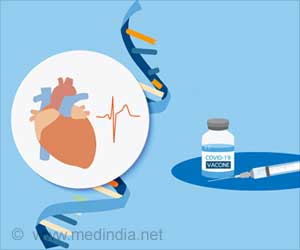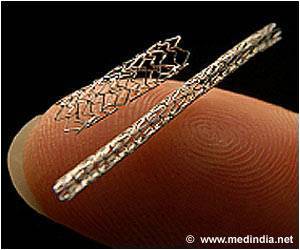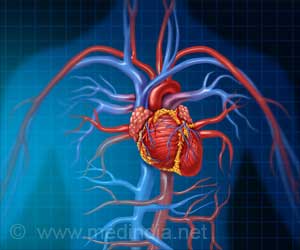According to a consensus statement, policy and practice changes by healthcare institutions, providers and others could greatly improve medical care.

"We must be able to count how many in-hospital cardiac arrests occur and report comparable outcomes across institutions — and apply the science to everyday care more quickly," said Morrison, also the Robert and Dorothy Pitts Chair in Acute Care & Emergency Medicine at St. Michael's Hospital in Toronto.The statement's key recommendations include:
- Establishing competency of all hospital staff in recognizing a cardiac arrest, performing chest compressions and using an automated external defibrillator or AED.
- Ensuring that best practices are used in all stages of care for cardiac arrest.
- Requiring that all in-hospital cardiac arrests be reported, with survival data, using consistent definitions across hospitals. Definitions currently are not standardized, researchers said.
- Mandating that hospitals report rates per 1,000 admissions of do-not-attempt-to-resuscitate orders among patients before an arrest occurs. Variation in reporting and implementing these orders can dramatically skew data about patient outcomes.
- Modifying billing codes to allow collection of more specific and accurate data for in-hospital cardiac arrest.The authors also suggest separate guidelines for in-hospital versus out-of-hospital cardiac arrests.
Source-Eurekalert
 MEDINDIA
MEDINDIA



 Email
Email










